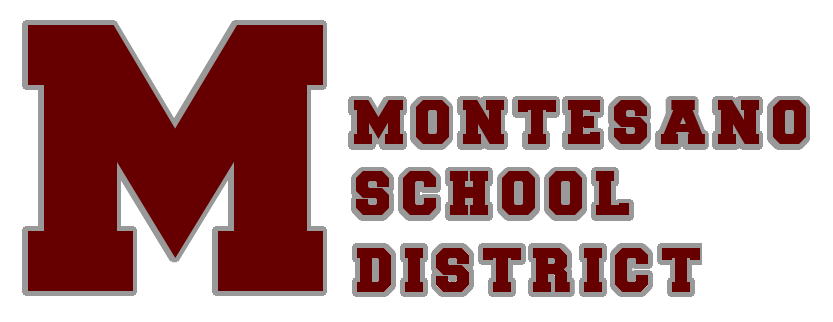It Takes Expertise to Make Expertise
From “Leading for Instructional Improvement: How Successful Leaders Develop Teaching and Learning Expertise” Chapter 1
What do athletes, actors, musicians, doctors, scientists have in common?
- These people all represent professions that have clear and accepted standards for professional practice. There is shared understanding among all in their profession (and often outside their profession as well) about what constitutes quality performance.
- All of these professionals have improved their given craft with public scrutiny and feedback. Not one of these professionals practices his or her craft in isolation.
- All of these professionals have had or continue to have extensive coaching. It is understood and accepted that the most powerful way to improve one’s craft is through coaching by someone with high expertise.
There are two kinds of expertise involved in the idea that it takes expertise to make expertise.
- The first is learning expertise, which "...involves the degree to which would-be experts continually attempt to refine their skills and attitudes toward learning-skills and attitudes that include practicing, self-monitoring, and finding ways to avoid plateaus and move to the next level" Bransford and Schwarts (2008)
- Bransford and Schwartz call the second kind of expertise teaching expertise. " involves a variety of forms including but not limited to coaching. The key argument here is that simply being an expert in something does not guarantee that one is also good at teaching that expertise to others." Fink and Markholt
